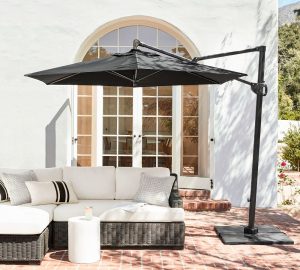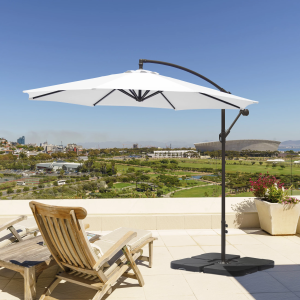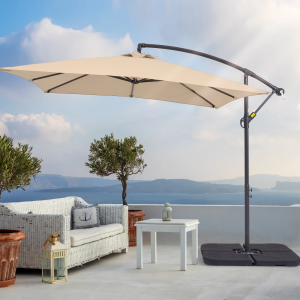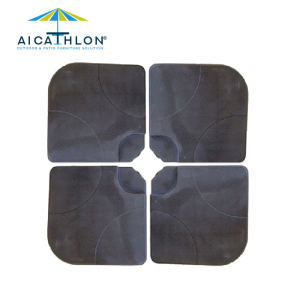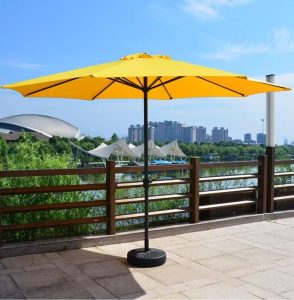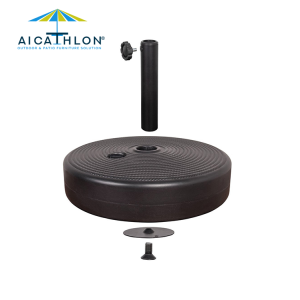More
Crafting Comfort: The Art of Design and Material Selection in Patio Parasol Umbrella Production
Crafting Comfort: The Art of Design and Material Selection in Patio Parasol Umbrella Production
Introduction:
Patio umbrellas are a ubiquitous sight in outdoor spaces, offering shade and style to everything from backyard gatherings to upscale resorts. Behind their functional elegance lies a meticulous production process that balances form and function. In this blog post, we’ll take a closer look at the essential aspects of design and material selection in the production of patio umbrellas. From initial sketches to material choices, these steps are critical in creating an outdoor accessory that not only provides comfort but also elevates the aesthetic of your outdoor haven.
Designing the Perfect Patio Umbrella:
-
Sketching the Vision: It all begins with a vision. Skilled designers bring ideas to life through sketches, envisioning the umbrella’s shape, size, and unique features. These initial drawings serve as the blueprint for the entire production process, guiding the way from concept to creation.
-
3D Renderings and Prototyping: In today’s digital age, 3D renderings take concept visualization to the next level. Designers create detailed digital models, allowing them to explore the umbrella’s form from every angle. These 3D models can be used for prototyping, enabling manufacturers to refine the design and ensure it meets the highest standards of aesthetics and functionality.
Material Matters in Patio Umbrella Production:
-
Canopy Fabric: The canopy fabric is the face of your patio umbrella, and the choice here is critical. Patio umbrellas come in a variety of fabrics, each with its unique qualities. Acrylic, polyester, and Olefin are commonly used materials. Acrylic offers excellent UV protection and resistance to fading, making it a popular choice for sunny climates. Polyester is known for its durability and vibrant color options, while Olefin excels in resisting moisture and mildew.
-
Frame Material: The frame is the backbone of your patio umbrella, providing support and structure. Aluminum and wood are two primary materials used. Aluminum frames are lightweight, rust-resistant, and ideal for portability. They are also known for their strength-to-weight ratio, ensuring stability in varying conditions. Wood frames, on the other hand, offer a classic, natural aesthetic and can be a durable choice when properly treated and maintained.
-
Ribs and Mechanisms: Ribs and mechanisms are integral parts of an umbrella’s functionality. These components are usually made from materials like fiberglass or steel. Fiberglass ribs are flexible, making them less prone to breaking in strong winds. Steel ribs are sturdy and can withstand heavy use. The choice depends on the umbrella’s intended use and design.
Balancing Durability, Aesthetics, and Functionality: Selecting the right materials for your patio umbrella is a delicate balancing act. Durability is essential to ensure your umbrella withstands the rigors of outdoor life, from scorching sun to sudden downpours. Aesthetics are equally important, as your umbrella should complement your outdoor décor and elevate the overall ambiance. Functionality, of course, is paramount, ensuring that your umbrella provides the desired shade and ease of use.
Conclusion:
Design and material selection are the pillars upon which a patio umbrella’s quality and performance stand. Through meticulous planning, from initial sketches to 3D renderings, designers bring artistic visions to life. Material choices, such as canopy fabrics and frame materials, determine the umbrella’s durability and style. By striking a harmonious balance between these factors, manufacturers craft patio umbrellas that not only provide comfort and protection but also serve as beautiful outdoor accessories, enhancing your outdoor experience for years to come.




